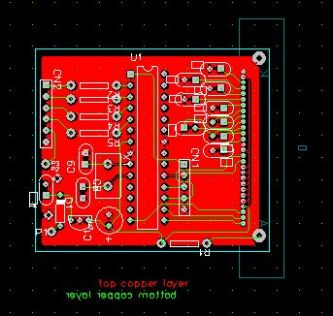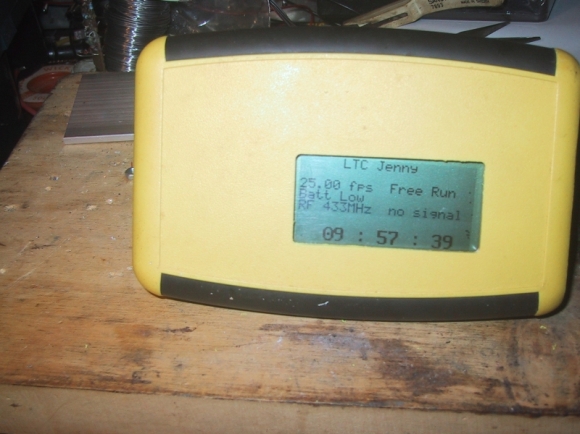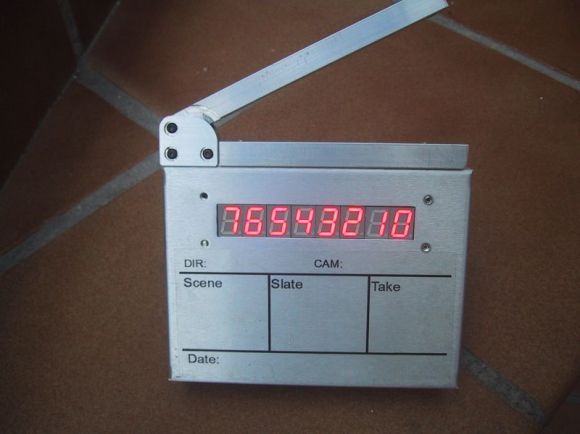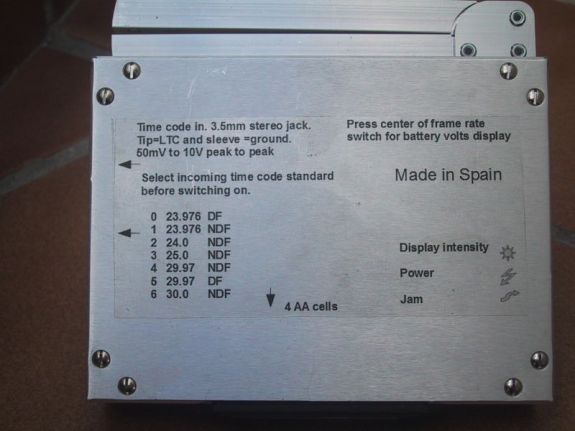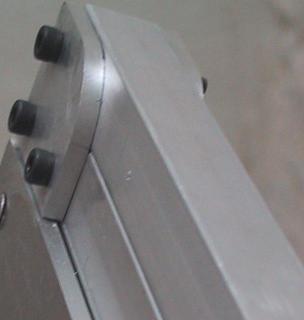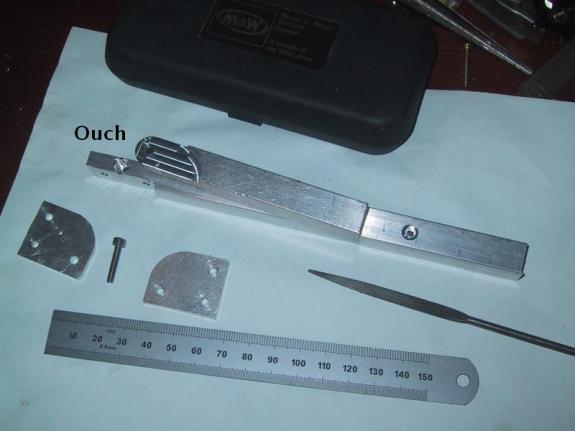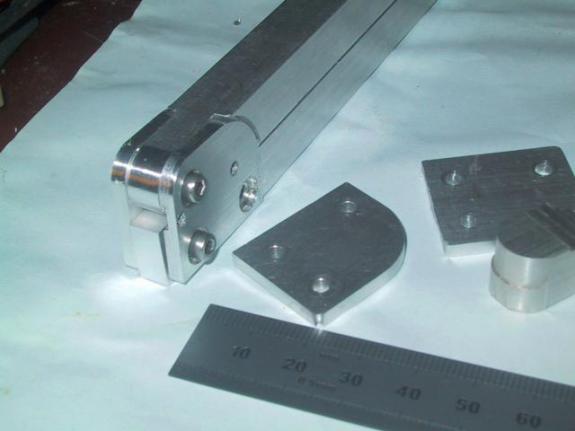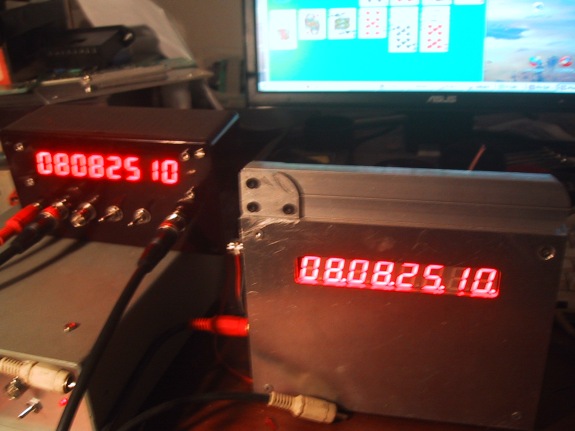Years ago I was working with Barry Porter, of Trident/Cadac fame, on a little 5.1 monitor selector using the now obsolete Wolfson WM8816 integrated circuit. I’d met Barry while working on Final Test at Cadac, a strangely disfunctional, but successful company (Enid…)
I’d been working on and off as stage crew, in Video Village, all over Europe. Barry used to pick me up from Luton Airport, and drive me home from those depressing corporate soul sucking video gigs. It was great to get back to my little scruffy spare bedroom workshop and “do” some analogue. We chatted for hours on the phone about studio audio, I was good at Studers, A80’s etc. and he was great at consoles. A good mix.
Good days.
I was doing the 8051 programming for the Monitor Box, as Baz didn’t have a clue, but I was sort of OK with doing 8051 stuff at the ground level / interface in C.
Anyway Barry died and so the 5.1 project ground to a halt, and I had moved to Spain.
So this is my little tribute to Baz, and my modern version of what I hope Baz would approve of.



